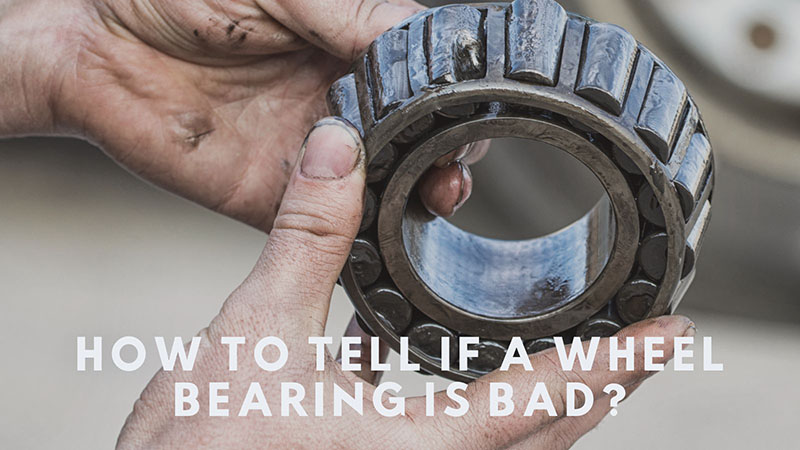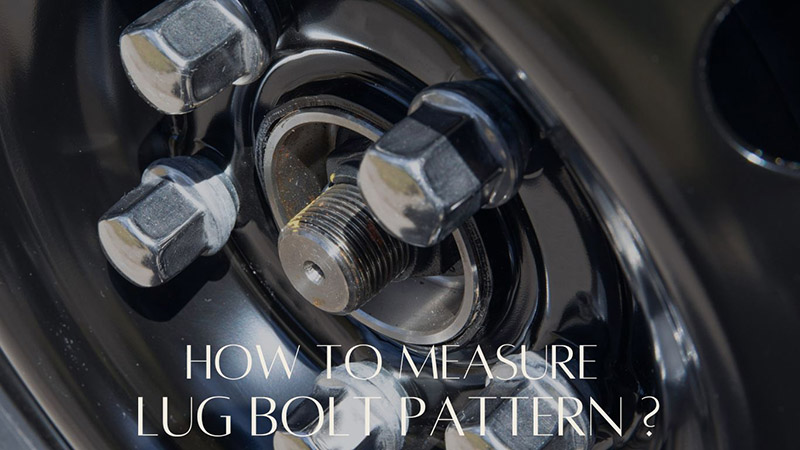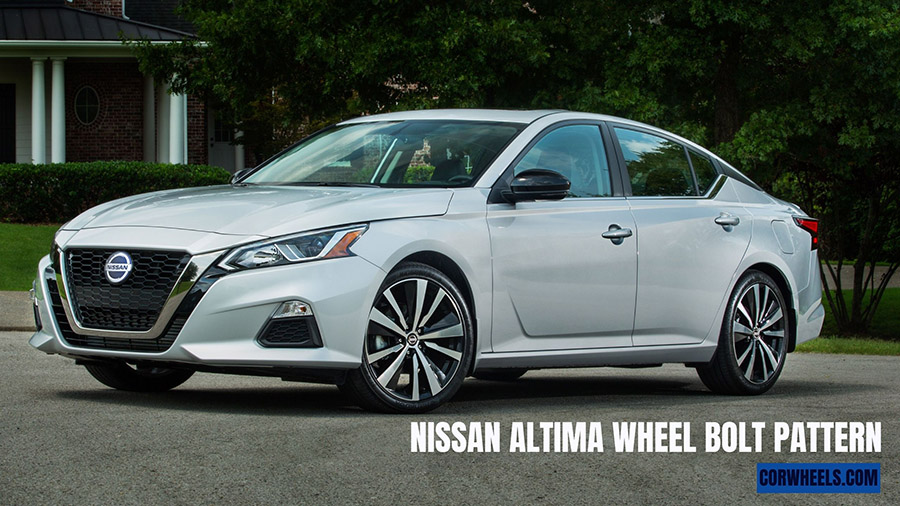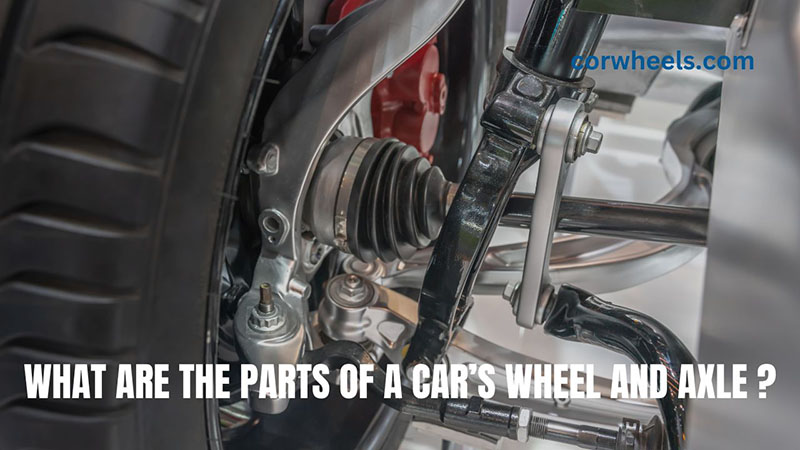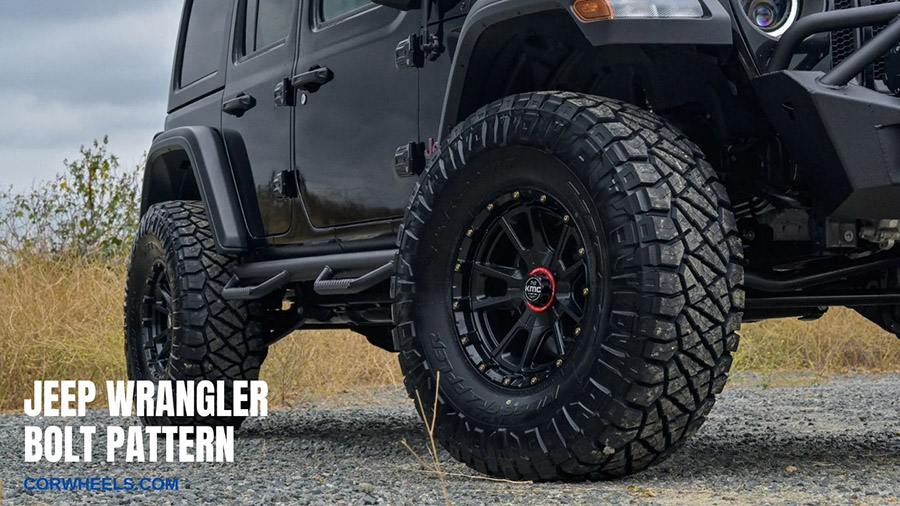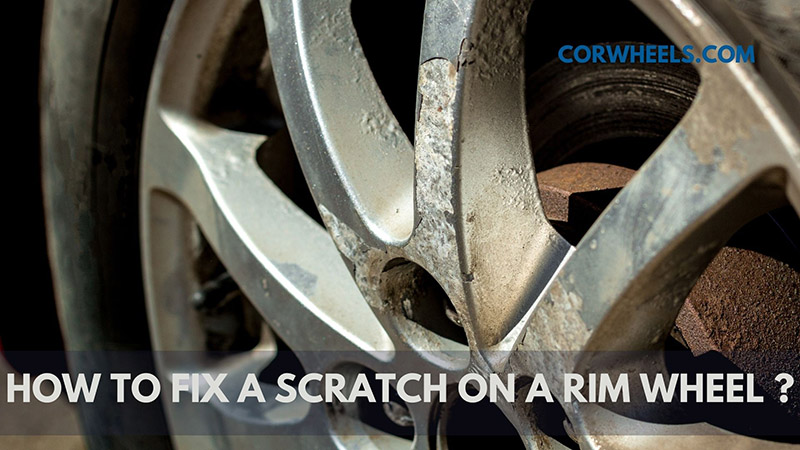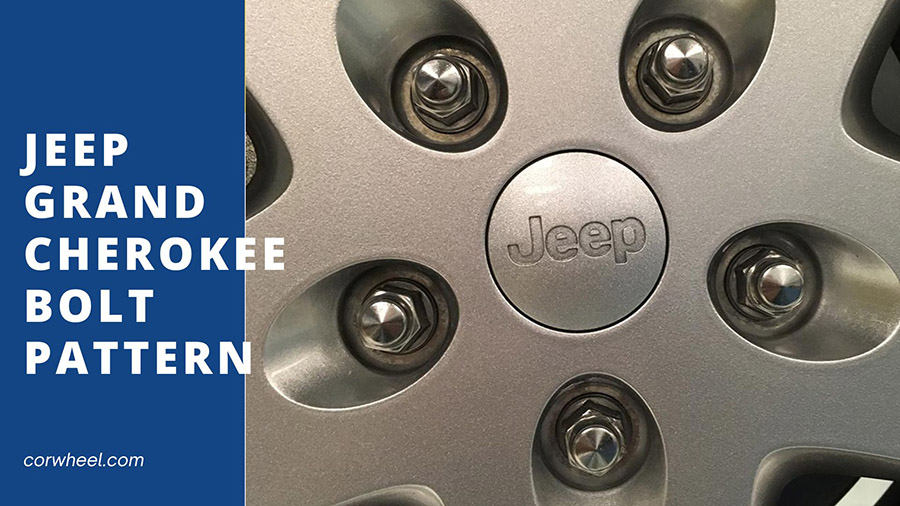Wheel bearings are essential for the smooth operation of your vehicle’s wheels. A broken wheel bearing can cause several safety hazards, including poor handling, uneven tire wear, and even the risk of a wheel detachment. I will show you how to tell if a wheel bearing is bad by examining the symptoms and signs to look out for.
In this article:
Broken/Bad Wheel Bearing Symptoms
Failing to address a bad wheel bearing can lead to more serious problems, such as wheel detachment or a complete loss of control while driving. Here are the red flags you need to look out for.
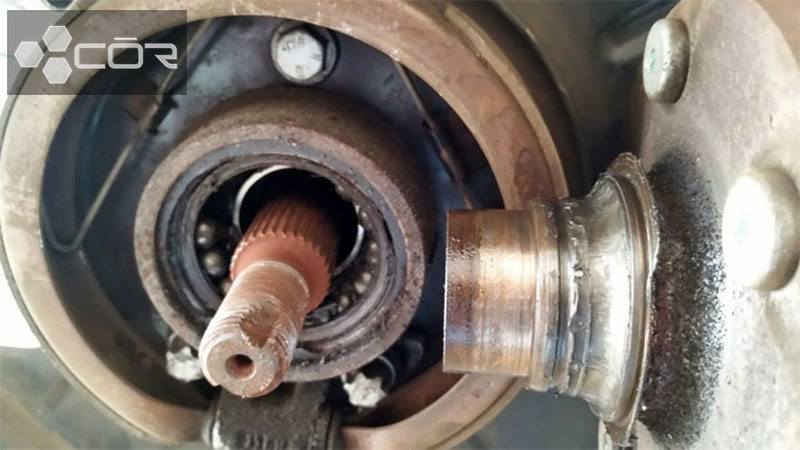
Strange Noise
When you hear front/rear wheel bearing noise, like a grinding, whirring, or humming sound, it could be a sign that your bearings are wearing out. This noise may become louder as you accelerate and change in pitch or intensity when you turn the steering wheel.
Car Vibration & Wheel Wobbling
By hoisting the car, technicians can manually look for wheel movement to determine whether there is wheel wobbling. Usually, the tire and wheel would not be able to be shaken.
It requires immediate attention when it moves, though. If you don’t fix your car, these two components could actually fall off at any moment and speed.
Excessive Heat
If your wheel bearings are failing, they may generate excessive heat, which can cause your wheels to feel hot to the touch. You may also notice a burning smell.
Once I drove my car on Pacific Coast Highway at 55 mph, I suddenly noticed smoke coming from my front wheels. And when I took it to a repair shop, the mechanic said the bearings were super hot.
So stop driving if you see smoke, too.
Problem With The Steering Wheel
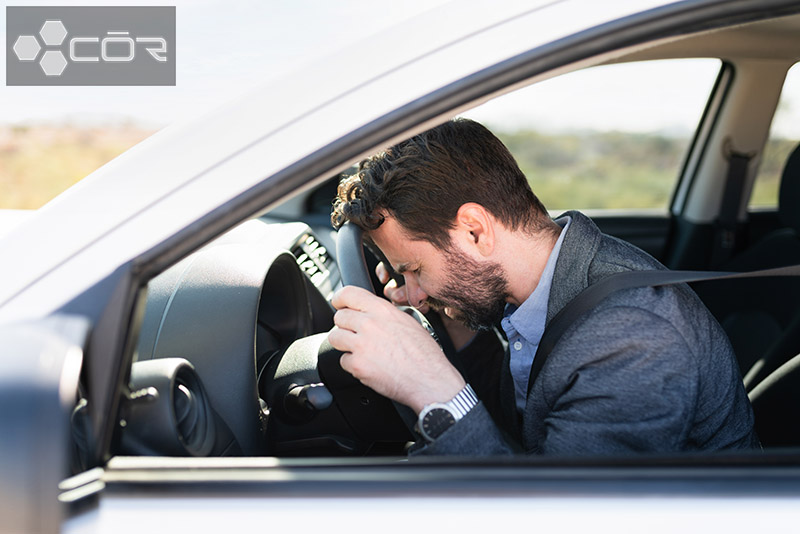
The steering wheel may tremble due to worn-out wheel bearings. When the car turns to the right or left or moves faster, the intensity rises.
The vibration, however, can be caused by a flat tire or an unbalanced tire, or it might be related to an out-of-round tire. The suspension system’s worn-out or damaged parts are another factor.
Car Pulls To One Side
A car may pull right or left when the brakes are used if the bearings are worn. The side the vehicle leans to is where the worn bearings are. It may also mean that there are issues with the braking calipers or the brake rotor.
Uneven Tire Wear
It may indicate worn wheel bearings if one tire degrades more quickly than the others. Still, it might also show that the tires are misaligned, the air pressure in the tires is too high or too low, or that the vehicle’s suspension parts are broken or worn out.
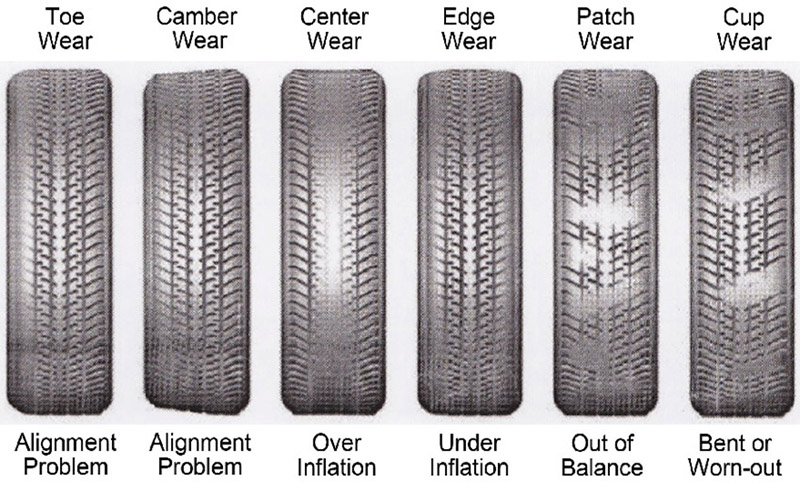
ABS Failure
Once your anti-lock braking system (ABS) fails, it could be a sign that your wheel bearings are damaged. This is because the ABS relies on the speed sensors in your wheel bearings to detect when your wheels are locking up and adjust your braking accordingly.
What Causes Wheel Bearings To Go Bad
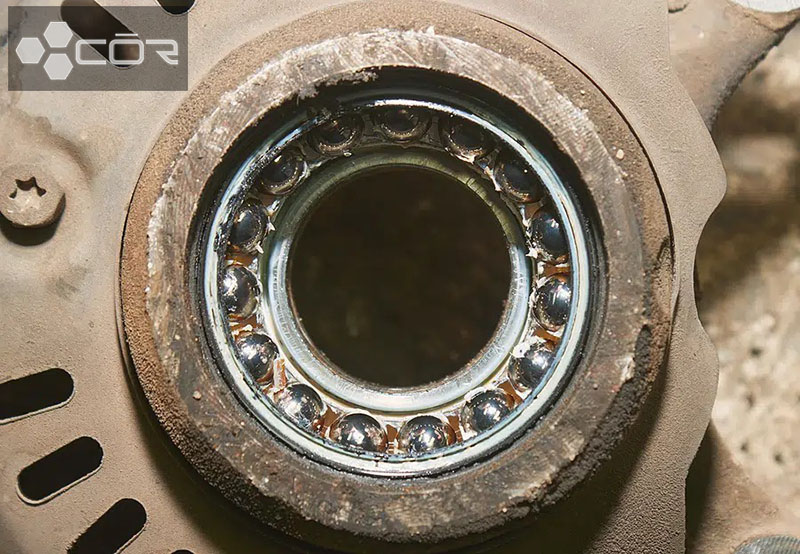
Improper Installation
Even the smallest mistakes, such as selecting the incorrect tools, might harm the wheel bearing interior or exterior. As a result, the part breaks down too soon.
Reusing outdated parts like seals, splint pins, nuts, and bolts can also make wheel end bearings run dangerously, raising the possibility of an accident.
Imbalanced Tires
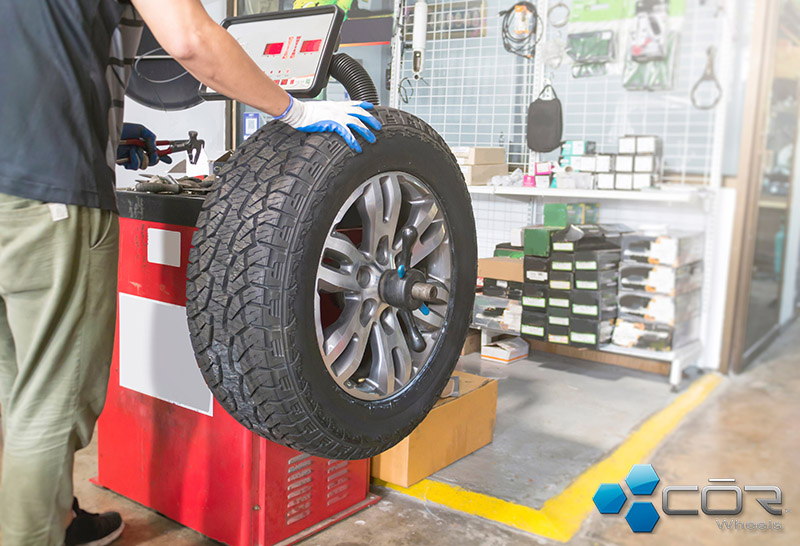
Ensure your car’s tires are balanced as part of any proper auto maintenance regimen. Otherwise, some wheel bearings will experience greater pressure than others, which could result in damage. If you think your tires may be uneven, bring your car into a garage so a mechanic may check it out.
Excessive Loads
It is more likely that the wheel bearings will suffer wear and damage if you drive on uneven terrain or carry heavy loads regularly. The steel balls’ capacity to minimize friction for wheels will be lowered when they develop damaged areas over time. A repair shop is required to take care of your car.
Aggressive Driving Habits
If you frequently engage in aggressive driving habits, such as hard braking or accelerating, this can put extra stress on your wheel bearings and force them to wear out faster. Over time, this can lead to excessive wear and damage to your suspension system, which can bring further problems to your wheel bearings.
Foreign Objects
Foreign objects, such as dirt, debris, and road salt, can accumulate in your wheel bearings and wreak havoc on them. This can happen if you frequently drive on unpaved roads or in areas with heavy road salt during the winter months.
How To Test Bad Wheel Bearing
Sound Test
If you suspect your vehicle’s wheel bearings may be worn or damaged, it’s important to test them as soon as possible to identify the problem early and prevent further damage to your vehicle.
One of the easiest ways to do this is through the sound test, which involves listening to unusual noises while driving.
Step 1: Find a safe place to test your vehicle
Before you begin testing your wheel bearings, find a safe and quiet place to drive your vehicle, such as an empty parking lot or a low-traffic street.
Step 2: Drive straight and pay attention to the noise
While driving straight at a slow speed (around 20-30 mph), listen for any unusual noise coming from your vehicle. A broken/worn-out wheel bearing may produce a humming or growling noise that increases in volume as you accelerate.
Step 3: Make a left turn and listen for noise
After noticing the noise while driving straight, make a left turn and listen for any changes in the sound. A damaged wheel bearing may produce a louder noise when turning in one direction versus the other.
Step 4: Make a right turn and listen for noise
Repeat the process of making a turn, but this time make a right turn instead of a left turn. Check for any changes in the sound, as a damaged wheel bearing may give off even a more noticeable noise this time.
Step 5: Test at higher speeds (optional)
If you are still unsure whether your wheel bearings are damaged, you can test them at higher speeds. However, this should only be done when you feel comfortable driving at higher speeds and in a safe and controlled environment.
Pay attention to any unusual noise coming from your vehicle while driving at a higher speed, such as a whirring or grinding noise.
Wheel Wiggle Test
Another way to test your vehicle’s wheel bearings for wear or damage is through the wheel wiggle test. This method involves checking for any excessive play or movement in the wheel when jacked up.
Step 1: Jack up your vehicle
First, you’ll need to safely jack up the corner of your vehicle where you suspect the wheel bearing is damaged. Make sure to use jack stands and follow proper safety precautions.
Step 2: Check for play in the wheel
Once the vehicle is jacked up, grab the tire at the top and bottom and try to wiggle it back and forth. If there is any excessive free play or movement in the wheel, it could be a sign of a damaged or worn wheel bearing.
Step 3: Check for leeway in the sideways direction
Next, try to move the wheel in a sideways direction. If there is any excessive movement, a damaged wheel bearing might be to blame.
Step 4: Rotate the wheel and listen for noise
While the wheel is off the ground, rotate it by hand and listen for any unusual noise. A damaged wheel bearing may create a grinding or humming noise when the wheel is rotated.
Step 5: Repeat on other wheels
Repeat the same process on the other wheels of your vehicle, as multiple wheel bearings could be out of order.
Test Whether The Left Or Right Bearing Is At Fault
A wheel bearing is situated at or close to the wheels, so the noise is likely emanating from one corner of the car, provided you only have one faulty bearing. It is quite simple to discern whether the noise originates from the front or the back.
But finding out if the noise is coming from the driver’s or passenger’s side of the car is frequently the most difficult part. The bearing may temporarily stop “talking” and act normally now that it is unloaded and under less tension.
When the weight shift returns to normal, the component is once more loaded, and it will begin to whine. So be extra careful when turning, and if you can safely do so at highway speeds, shake the steering wheel gently to each side to balance the car, it might help you identify the noise source.
Frequently Asked Questions
Can You Drive On A Bad Wheel Bearing?
While it is possible to drive on a bad wheel bearing, it is not recommended. A damaged or worn wheel bearing can cause several safety hazards while driving, including uneven tire wear, poor handling, and even the risk of the wheel detaching from the vehicle.
How Long Should Wheel Bearings Last?
Modern wheel bearings can last between 100,000 to 150,000 miles or more with proper care and maintenance. However, severe driving conditions, such as off-road driving or high-speed driving, can trigger the bearings to wear out faster.
Should I Replace All 4 Wheel Bearings At Once?
It’s not always necessary to replace all four wheel bearings at once, as only the damaged or worn bearings need to be replaced.
However, if one wheel bearing has failed, get the opposite side bearing replaced at the same time, as both sides usually experience similar wear and tear. Replacing both can help prevent future breakdowns and save on labor costs.
See more: Wheel bearing replacement cost
The Bottom Line
Knowing the symptoms of bad wheel bearings can help you identify potential safety hazards and avoid costly repairs down the road. Go to the nearest auto repair store and let a mechanic inspect the car. This way, you can ensure your safety and the proper functioning of your vehicle.

